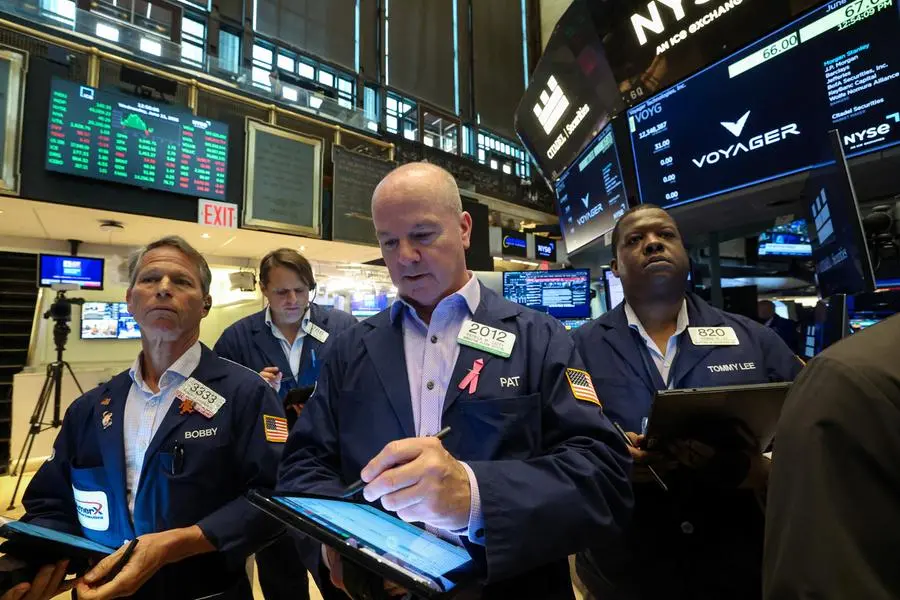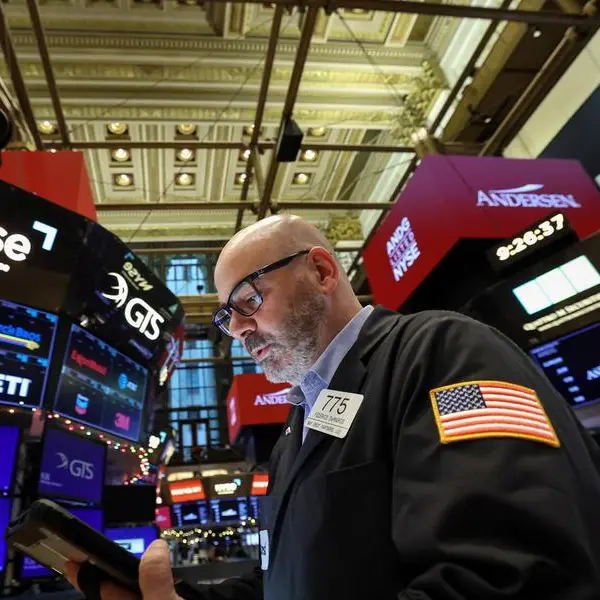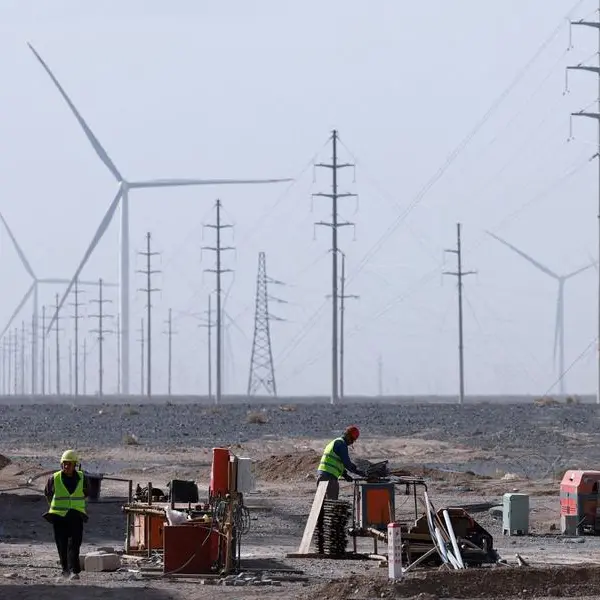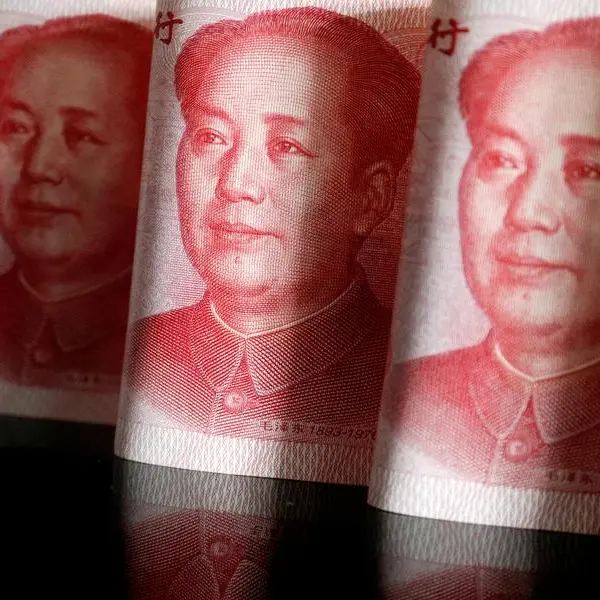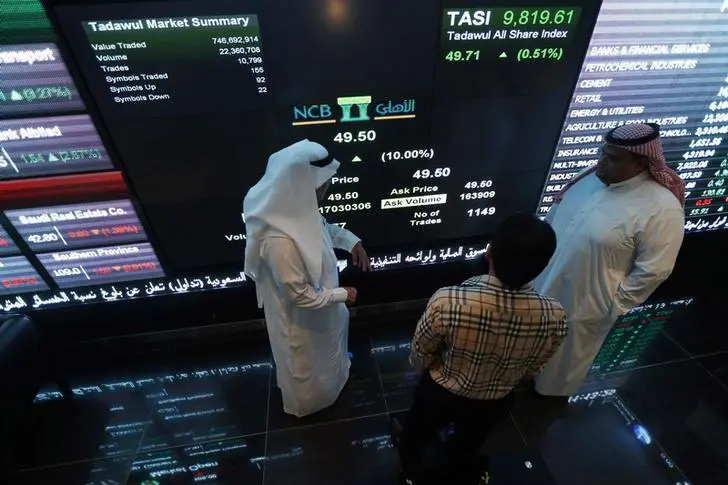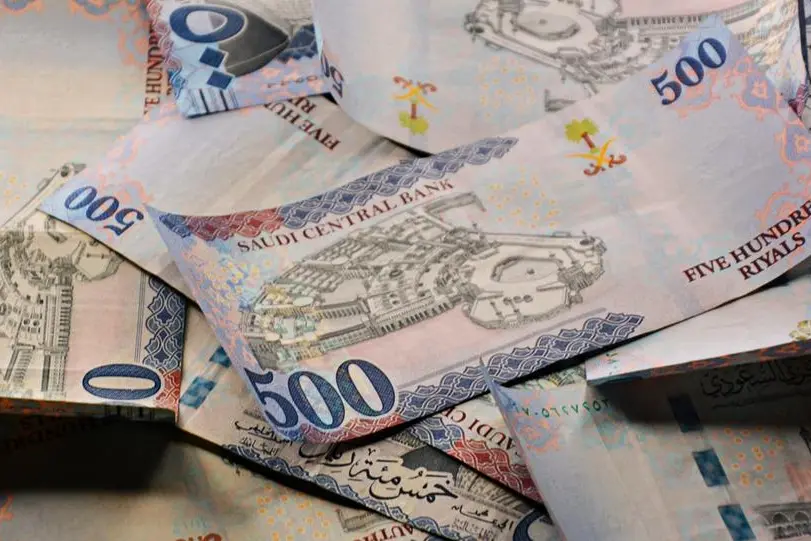PHOTO
ORLANDO, Florida - Calm has descended on U.S. markets following the 'Liberation Day' tariff turmoil of early April. But Wall Street's rally has revived questions about U.S. equity valuations, as stocks once again look super pricey compared to bonds.
Since the chaotic days of early April, U.S. equities have rebounded fiercely, with the S&P 500 up 25%, putting the Shiller cyclically adjusted price-earnings (CAPE) ratio for the index in the 94th percentile going back to the 1950s, according to bond giant PIMCO.
Stocks are looking expensive in absolute terms, and in relation to bonds. The equity risk premium (ERP), the difference between equity yields and bond yields, is near historically low levels.
According to analysts at PIMCO, the ERP is now zero. The previous two times it fell to zero or below were in 1987 and 1996–2001. In both instances, the ultra-low ERP precipitated a steep equity drawdown and sharp fall in long-dated bond yields.
"The U.S. equity risk premium ... is exceptionally low by historical standards," they wrote in their five-year outlook on Tuesday. "A mean reversion to a higher equity risk premium typically involves a bond rally, an equity sell-off, or both."
But reversion to the mean doesn't just happen by magic. A catalyst is needed. Equities have recovered largely because they were oversold in April, trade tensions have been dialed down, and investors remain confident that Big Tech will drive solid AI-led earnings growth.
So even though huge economic, trade, and policy risks continue to hang over markets, there is no sign of an imminent catalyst that would cause an equity market selloff.
CHEAP FOR A REASON
The flip side of equities looking expensive is that bonds look like a bargain.
Indeed, the relative divergence between stocks and bonds is such that, by one measure, U.S. fixed income assets are the cheapest relative to equities in over half a century.
Using national flow of funds data from the Federal Reserve, retired strategist Jim Paulsen calculates that the total market value of U.S. bonds as a percentage share of the total market value of U.S. equities is the lowest since the early 1970s.
"Since the aggregate U.S. portfolio is currently aggressively positioned, investors may have far more capacity and desire to boost bond holdings in the coming years than most appreciate," Paulsen wrote last week.
But bonds are 'cheap' for a reason. Washington's profligacy – the reason ratings agency Moody's recently stripped the U.S. of its triple-A credit rating – and inflation worries have kept yields stubbornly high. The term premium - the risk premium investors demand for holding long-term debt rather than rolling over short-dated loans - is the highest in over a decade, reflecting concerns about Uncle Sam's long-term fiscal health.
And the diagnosis here shows no signs of improving. President Donald Trump's 'Big Beautiful Bill' is expected to add $2.4 trillion to the U.S. debt over the next decade, according to the nonpartisan Congressional Budget Office, likely putting more upward pressure on yields.
Of course, equity investors do seem to be pricing in a very rosy scenario, and the past few months have shown how quickly the market landscape can change. The U.S. economy could weaken more than expected, the trade war could escalate, or there could be a geopolitical surprise that causes bond yields and equity prices to fall.
Investors should therefore be mindful of the warnings being sent by ERPs and other absolute and relative valuation metrics. However, they should also remember that stretched valuations can get even more stretched. As the famous saying goes, markets can stay irrational longer than investors can remain solvent.
(The opinions expressed here are those of the author, a columnist for Reuters)
Enjoying this column? Check out Reuters Open Interest (ROI), your essential new source for global financial commentary. ROI delivers thought-provoking, data-driven analysis. Markets are moving faster than ever. ROI can help you keep up. Follow ROI on LinkedIn and X.
(By Jamie McGeever; Editing by Kirsten Donovan)
